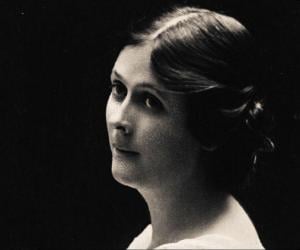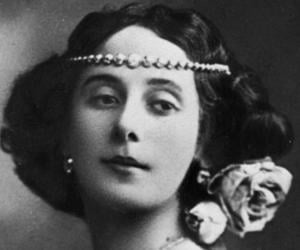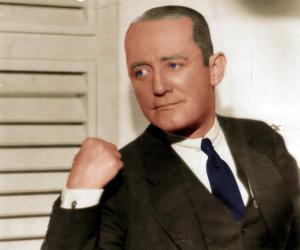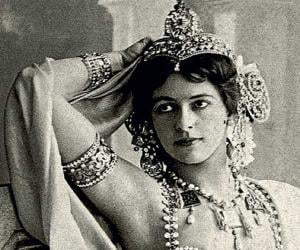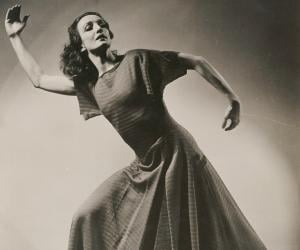Isadora Duncan was a dancer acclaimed in USA, Europe, and the Soviet Union. Raised by a single mother, she grew up in poverty and started teaching dance to children to earn some money. She later joined Augustin Daly's theater company. Eventually, she opened her own dance schools to teach her unique philosophy and techniques to her students.
One of the first ballerinas to travel extensively around the world, Anna Pavlova had first gained an interest in the dance form after watching an adaptation of The Sleeping Beauty. She initially gained fame dancing with Mikhail Mordkin and later made waves with her iconic role in The Dying Swan.
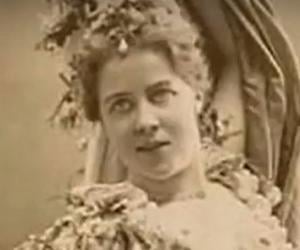
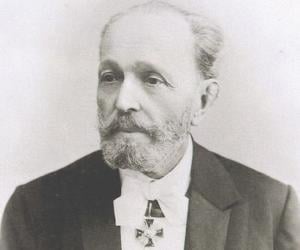
Marius Petipa was a French pedagogue, ballet dancer, and choreographer. He is widely regarded as one of the most influential and important ballet choreographers and masters in ballet history. From 1871 to 1903, he served as the principal choreographer and Ballet Master of the popular Imperial Russian Ballet. In the 1983 biopic Anna Pavlova, Petipa was played by Pyotr Gusev.
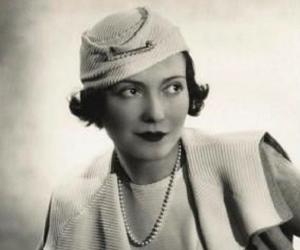
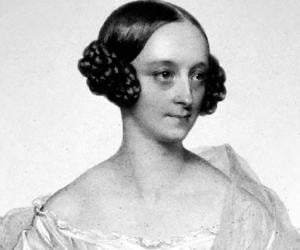
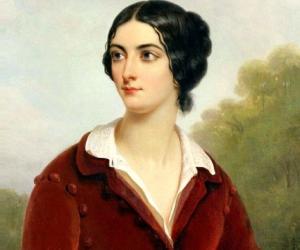
Lola Montez was an Irish actress and dancer. She achieved popularity as a Spanish courtesan, dancer, and mistress of King Ludwig I of Bavaria. The German revolutions of 1848–1849 forced her to flee to the United States, where she established herself as an actress and dancer. Lola Montez has been portrayed in many films, including Lola Montez, the King's Dancer.
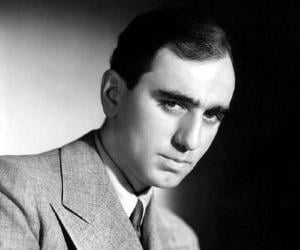
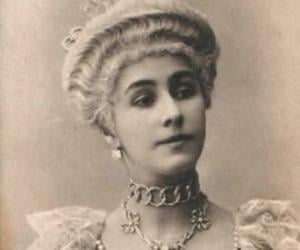
Mathilde Kschessinska was a Russian ballerina hailing from the Polish noble family Krzesiński. She was the daughter of Feliks Krzesiński, who danced in Saint Petersburg. As a young woman, she married Grand Duke Andrei Vladimirovich of Russia. She later opened her own ballet school and trained students, such as Margot Fonteyn, Alicia Markova, and André Eglevsky.
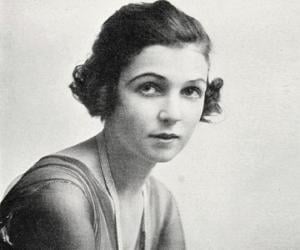
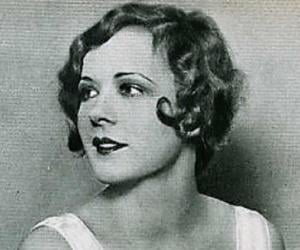
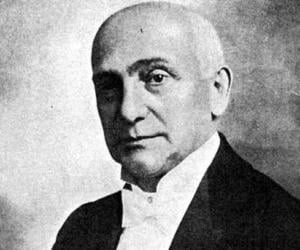
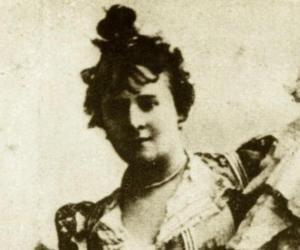
La Goulue was a French can-can dancer who became a favorite subject for painter Henri de Toulouse-Lautrec at the peak of her popularity. Dubbed the Queen of Montmartre, Goulue is remembered for performing at the Moulin Rouge near Montmartre where she was a star. After parting ways with Moulin Rouge, she lost a considerable amount of money and died poor.
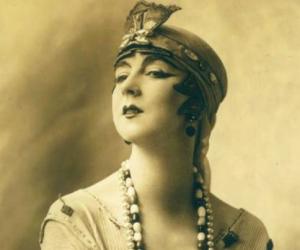
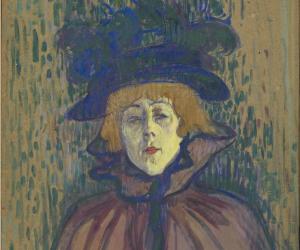
Jane Avril was a French dancer who specialized in can-can, a popular music-hall dance of the 1840s. Avril was made famous by popular French painter Henri de Toulouse-Lautrec who often depicted Jane Avril in his paintings. In the 1952 British drama film Moulin Rouge, Jane Avril was played by Hungarian-American actress Zsa Zsa Gabor.
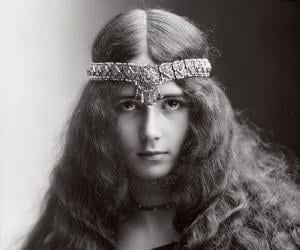
Cleo de Merode was a French dancer whose glamor overshadowed her dancing skills. Often referred to as the first modern celebrity and the first real celebrity icon, de Mérode was also the first female public figure whose pictures were distributed worldwide. She is also remembered for her sculpture La Danseuse which was sculpted from a plaster cast of her body.
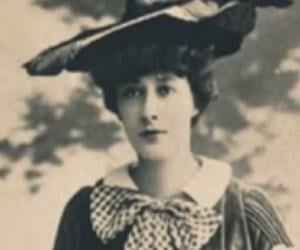
Liane de Pougy was a French dancer and vedette who performed at the Folies Bergère in Paris. Remembered for her captivating looks, de Pougy was widely regarded as one of Paris's most notorious courtesans. She also served as the subject for many artists like Paul César Helleu and Jean Baptiste Guth.
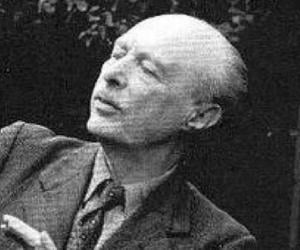
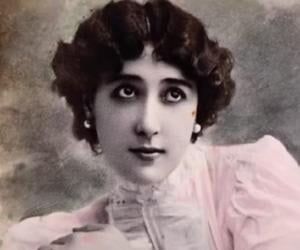
One of the pioneers of American modern dance, Doris Humphrey had begun her career with the Denishawn dance school. The daughter of a pianist mother, she later launched her own dance school with her mother as the manager. She also excelled in American vaudeville and promoted the dance movement theory.
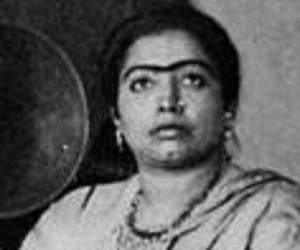
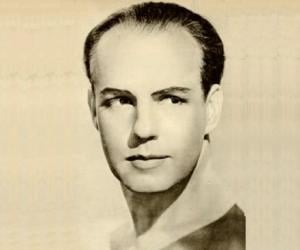
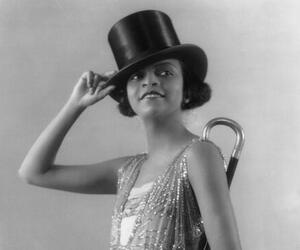
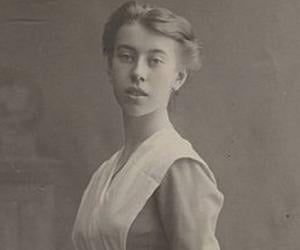
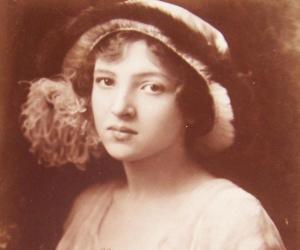
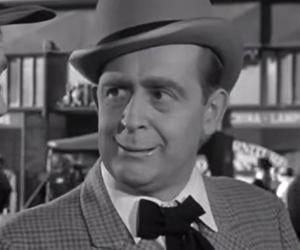

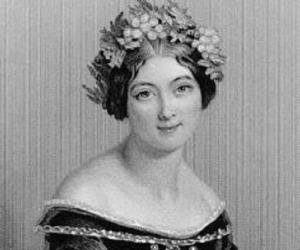
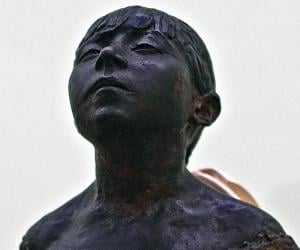
Marie van Goethem was a French ballet dancer who worked with the Paris Opera Ballet. She is best remembered for posing as a model for Impressionist artist Edgar Degas's famous statue Little Dancer of Fourteen Years. Marie van Goethem's life and career have inspired several fictitious and non-fictitious novels and documentaries.
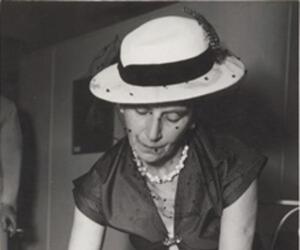
Best known for her pioneering contribution to contemporary ballet, Polish-born dancer Marie Rambert was the founder of one of England’s oldest ballet groups, the Rambert Dance Company. Apart from being a fine ballerina, she was also a great ballet teacher and was awarded with the Order of the British Empire.
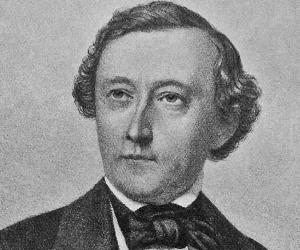
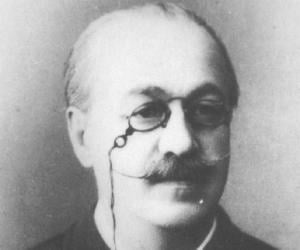
Lev Ivanov was a Russian choreographer and ballet dancer. Ivanov worked at the Imperial Russian Ballet where he served as the Second Balletmaster. He is best remembered for choreographing Acts II and IV of Swan Lake, including the famous Dance of the Little Swans. Lev Ivanov is also credited with choreographing The Nutcracker and Act II of Cinderella.
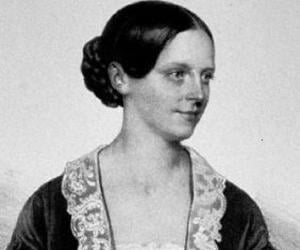
Fanny Elssler was an Austrian ballet dancer of the Romantic Period. Renowned for her beauty and dancing skills, Elssler captivated hearts wherever she performed. Her life and career inspired an eponymous silent film in 1920, where she was played by Lya Mara. Fanny Elssler was also portrayed by Lilian Harvey in the 1937 eponymous film.
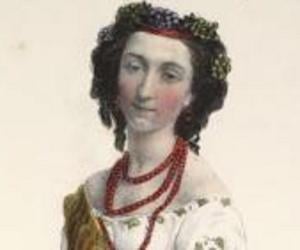
Emma Livry was a French ballet dancer. A student of Marie Taglioni, Livry was one of the last ballet dancers of the Romantic ballet era. Emma Livry is best remembered for her untimely death at the age of 20; she died of burn injuries when her outfit caught fire while practicing for her upcoming performance.
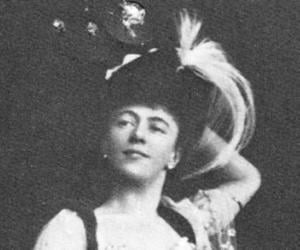
Olga Preobrajenska was a Russian ballet dancer who worked at the popular Imperial Russian Ballet. Although she was born with a crooked spine, Preobrajenska went on to pursue her dream of becoming a prima ballerina. Remembered for her turnout and toe point, Preobrajenska exhibited the desired grace of a dancer with ease. She also taught popular ballerinas like Irina Baronova.
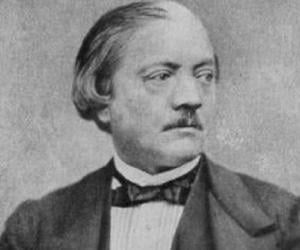
Jules Perrot was a French dancer and choreographer who served as the ballet master of the prestigious Imperial Russian Ballet. Perrot is credited with creating some of the 19th century's most popular ballets, such as La Esmeralda, Pas de Quatre, Giselle, and Ondine. During his illustrious career, Jules Perrot coached famous ballerinas like Carlotta Grisi and Fanny Cerrito.
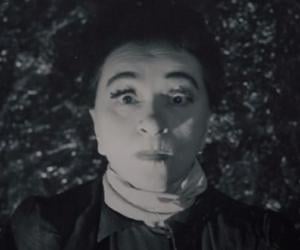
Valeska Gert was a German dancer, cabaret artist, pantomime, and actress. A pioneering performance artist, Gert is credited with establising the foundation for the punk movement. In 2004, Valeska Gert received a star on the Walk of Fame of Cabaret.
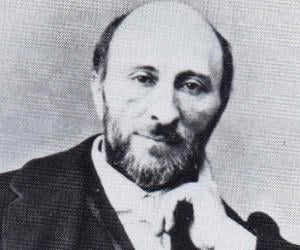
Arthur Saint-Léon was a ballet master who worked with the Imperial Russian Ballet from 1859 to 1869. He is remembered for choreographing a popular ballet named Coppélia. He is also remembered for inventing a method of choreographic notation, which was the first notation to document the movements of the torso, head, and arms apart from the movements of the feet.
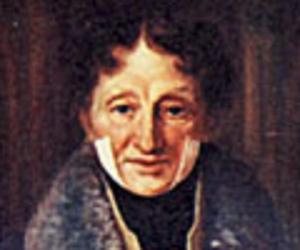
Charles Didelot was a French dancer and choreographer. Didelot is credited with creating ballet shoes and popularizing Russian ballet around the world. After studying with prominent balletmasters like Jean Dauberval and Jean-Georges Noverre, Charles Didelot went on to teach ballet at the Imperial Theatres of Russian Empire. He is also credited with choreographing the famous Flore et Zéphire in 1796.
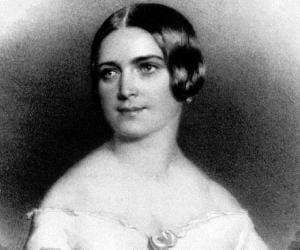
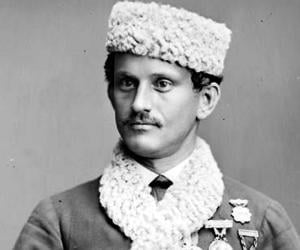
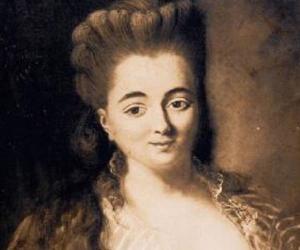
Marie-Madeleine Guimard is best remembered for her 30-year stint as the leading ballerina of the Paris Opéra. She began her dance career with Comédie-Française as a teenager. She was also a well-known courtesan who was kept by aristocrats and was herself a love child who was later legitimized.
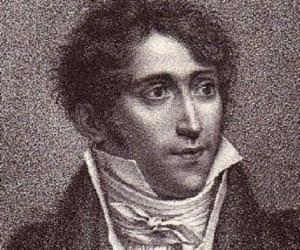
Best known for co-creating the romantic ballet Giselle with Jules Perrot, Jean Coralli was associated with La Scala in Milan and Porte-Saint-Martin Theater in Paris. The famed ballet dancer and choreographer, who was the son of a Théâtre Italien comedian, also excelled in works such as La Péri and La Tentation.
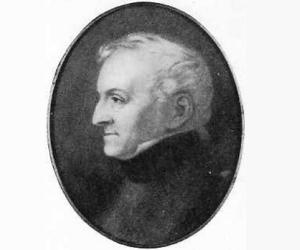
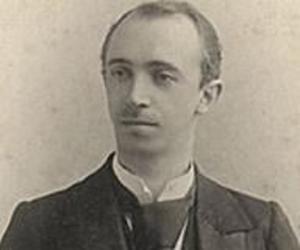
Alexander Alexeyevich Gorsky was a Russian ballet choreographer. A contemporary of Marius Petipa, Gorsky is best remembered for restaging the former's classical ballets like The Nutcracker, Don Quixote, and Swan Lake. Alexander Alexeyevich Gorsky is also remembered for valuing acting skills over dance technique which made him one of the most controversial ballet choreographers of his generation.

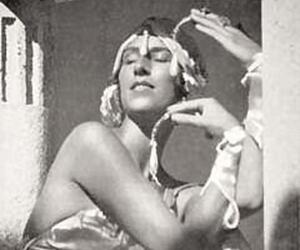
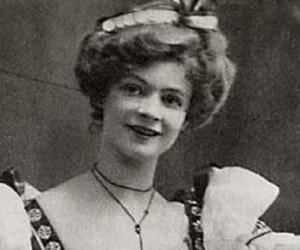
Adeline Genée was a Danish-British ballerina who served as prima ballerina at the Empire Theatre of Varieties, where she performed for ten years. She achieved international fame when she started performing in the USA. Adeline Genée also performed in places like New Zealand and Australia.
